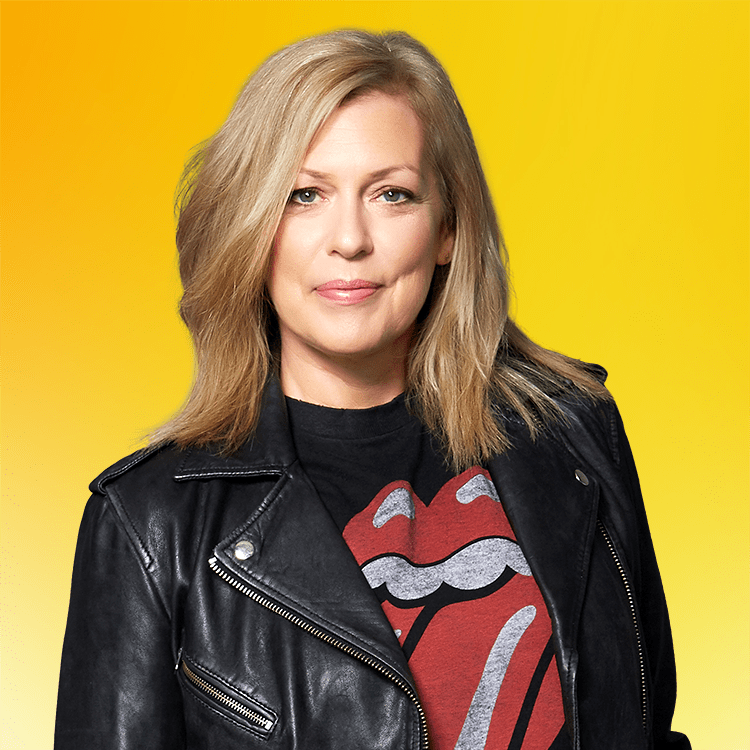People in Suffolk still living in dangerous buildings five years on from Grenfell
We've been speaking to residents still stuck in potentially dangerous buildings
Last updated 13th Jun 2022
Five years on from the Grenfell fire tragedy which took the lives of 72 people, and some people in Suffolk are still being forced to live in potentially dangerous buildings.
On the 14th June 2017 a fire broke out on the 24th floor of a tower block in North Kensington.
It spread rapidly up the building's exterior, leaving 72 people dead and dozens more injured.
The tragedy sparked concerns about potentially unsafe cladding on buildings across the UK, including a number of towers in Ipswich.
One of the residents of those buildings local is Alex Dickin, from campaign group Ipswich Cladiators.
He spoke to us about what's changed in the five years since Grenfell: "The progress has been painfully slow.
"I found out that my building was unsafe 18 months ago.
"You would have thought that by then, that was 3 and a half years after Grenfell, at that point, maybe the government would have had a scheme in place.
"Where if a building is identified with unsafe materials on the outside or defects internally, then that's system will be in place to immediately go 'you know what that building is unsafe.
"Here's the funding. Here's the process that the building owner needs to go through in order to make that building safe.
"But unfortunately, that scheme hasn't been in place.
"And therefore myself and other neighbours have been campaigning for there to be, firstly, protection for us leaseholders.
"Because the the cost that we were potentially facing were astronomical and life changing.
"I could have gone bankrupt. I could have lost my home just through the the charges to fix the building.
"When it was someone else who designed and constructed the building. I had no role to play in that at all.
"So the progress has been painfully slow.
"But now we do have some protection, for leaseholders, and luckily I am one of those who will be protected from cost."
It has taken the campaigners so long, just to reduce the cost to fix their buildings, but the buildings for many, are still unsafe.
Alex told us what impact this has on him and others: "But the next step needs to be for the progress of buildings to be made safe. That has to be so much quicker.
"Because sitting here right now, I do not know when my building is going to be safe to live in.
"All of our fire doors failed their assessment, so not one of them passed the the basic standards required for a fire door in a residential building.
"And we also need our automatic opening events to be repaired.
"Those automatic opening events, they're meant to be there to automatically open in the event of a fire, in order to help with the the smoke in order to prevent that from spreading up through the building and affecting residents who live there.
"There's about 80 flats, so if on average there's two people living in each flat, then that's 160 people.
"So it's really important that all the 160 people are able to evacuate if there is a fire.
"And if there's smoke in the stairwell, which should be relieved by automatic openings events.
"But if ours aren't working, then potentially, in that event of the fire, there's gonna be smoke coming up through that stairwell, maybe preventing residents from escaping.
"It has been a really difficult time, really stressful. You know it affecting my mental health and I'm sure it has affected the mental health of my neighbours in so many different ways.
"But we do need to accept that our buildings are unsafe and we must go through this difficult process in order for them to be made safe to live in."
Alex is hoping the recent Safety Bill will help to speed things along: "With the recent building safety bill, they've introduced different notices and warnings to building owners to put pressure on them to act.
"But I guess it it's a waiting game to see how those notices and warnings affect the freeholder, and if that encourages them to actually start the work.
"Maybe funds for the work to happen before the funding comes in from the government or other sources."
The act will also prevent new buildings 18 meters and above from being constructed with unsafe material.
Although this is a step in the right direction, Alex is still concerned about buildings lower than 18 meters: "I believe it's still possible for some unsafe material to be constructed and installed onto the smaller mid rise blocks.
"So from a campaign point of view, that is something that we'll still push for to have a more overall band of these unsafe materials."
The Department for Levelling Up, Housing and Communities (DLUHC) said it is taking steps to ensure buildings are safer.
A DLUHC spokesman said: “The Grenfell Tower tragedy must never be allowed to happen again and our thoughts are with the bereaved families, survivors and residents.
“So far, 45 of the UK’s biggest housebuilders have signed our developer pledge and will contribute £5 billion to fix their unsafe buildings.
“We expect them to work swiftly so people feel safe in their homes, and we will be carefully scrutinising their progress.
“The Building Safety Act brings forward the biggest improvements in building safety for a generation, giving more rights and protections for residents than ever before.”

